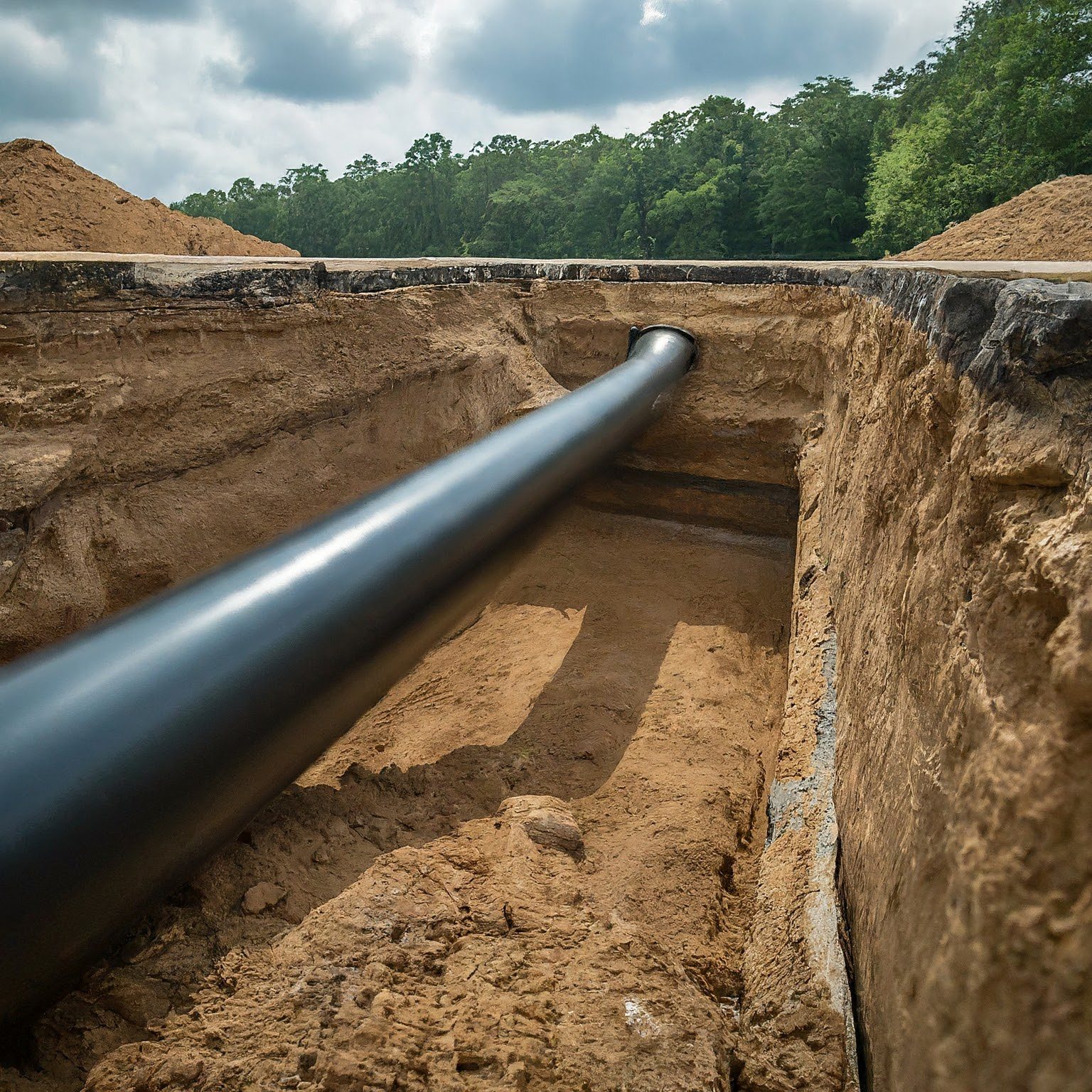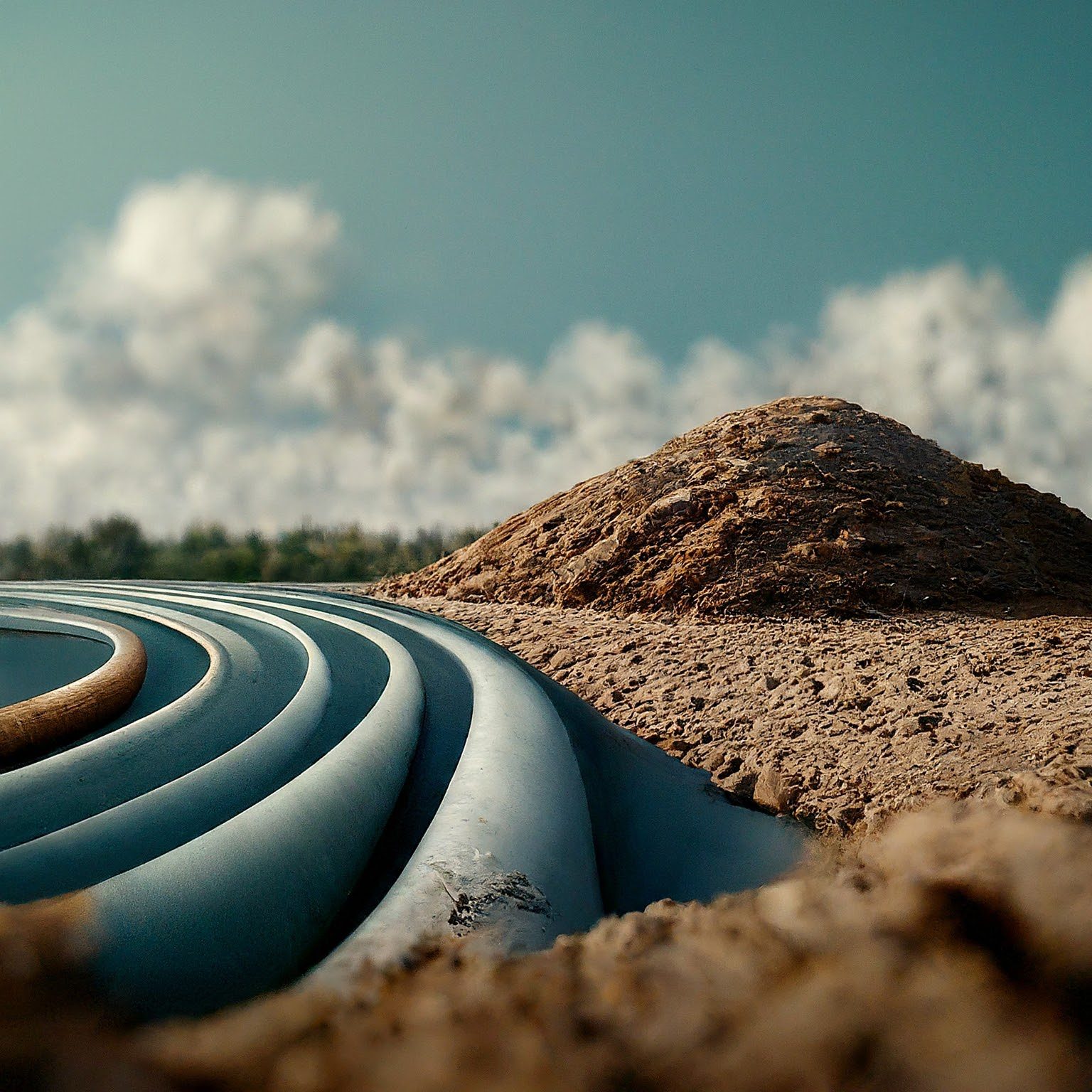
A typical septic system is a common wastewater treatment solution for areas not connected to a municipal sewerage system. It consists of a septic tank and drain field.
Installation Process:
- Site Evaluation: An expert septic systems professional will assess the property to determine the ideal location for the septic tank and drain field. They will consider the soil type, groundwater level and the building distance.
- Excavation: The septic tank and drain field region is excavated to the prescribed depth.
- Septic Tank Installation: The septic tank, a prefabricated vessel, is put in the excavation and connected to the house’s plumbing system.
- Drain Field Installation: Perforated pipes are laid out in the drain field, which wastewater is permitted to pass through into the soil, and then naturally occurring bacteria will break it down.
- Backfill: The excavated areas are filled with gravel and native soil or a comparable substitute.
- Testing: Once installed, the system is tested for efficient functioning and to ensure that it is complying with local standards.



